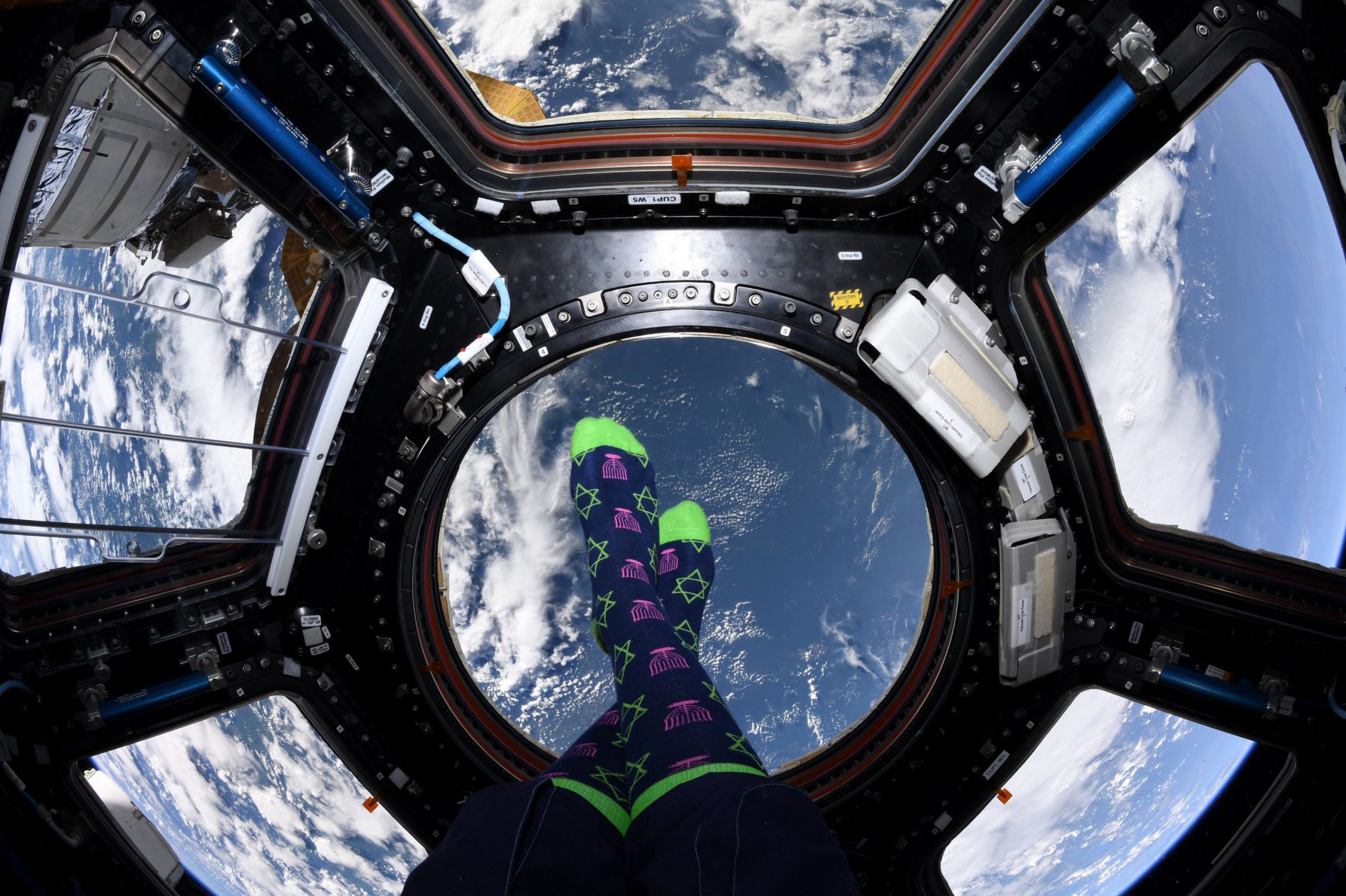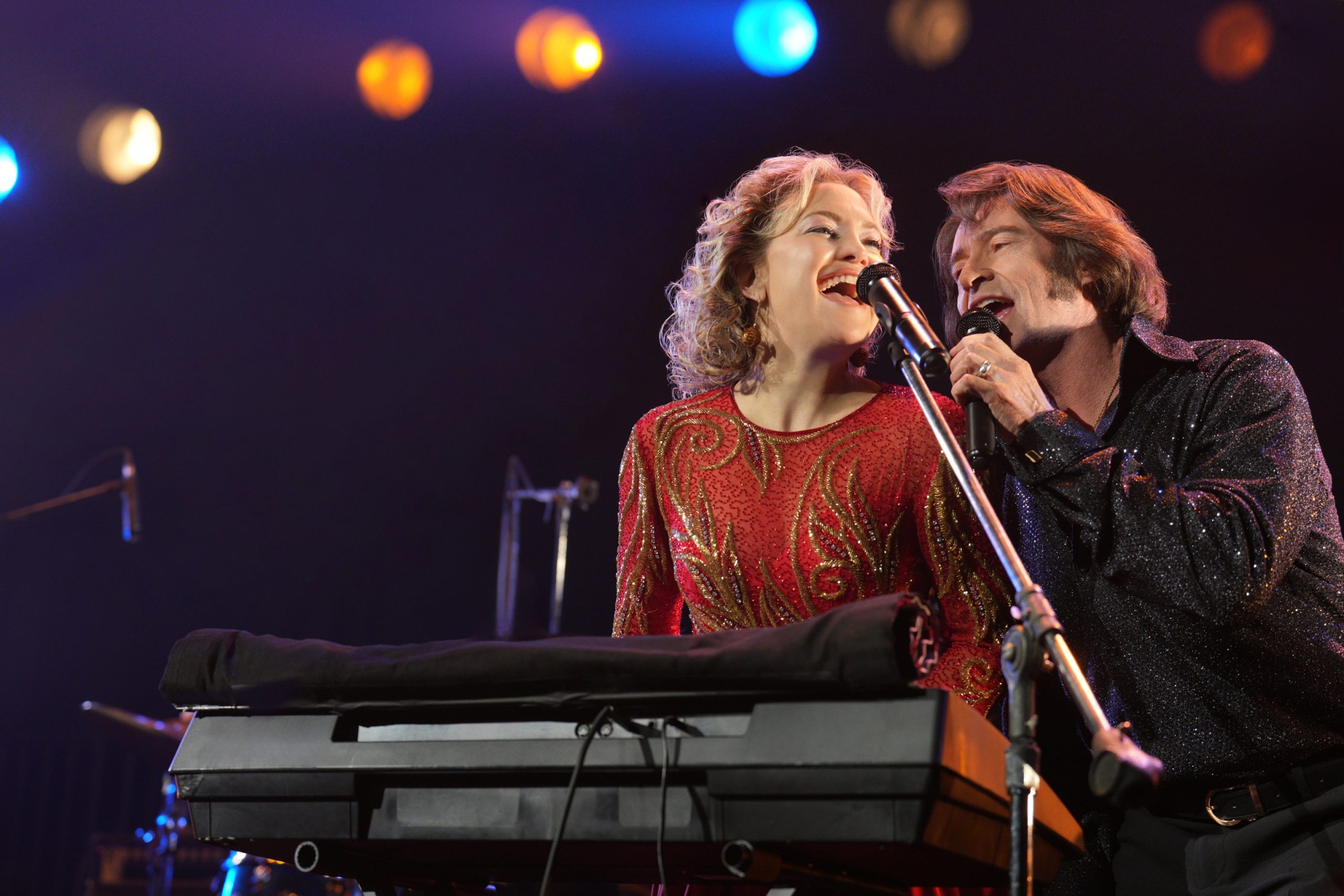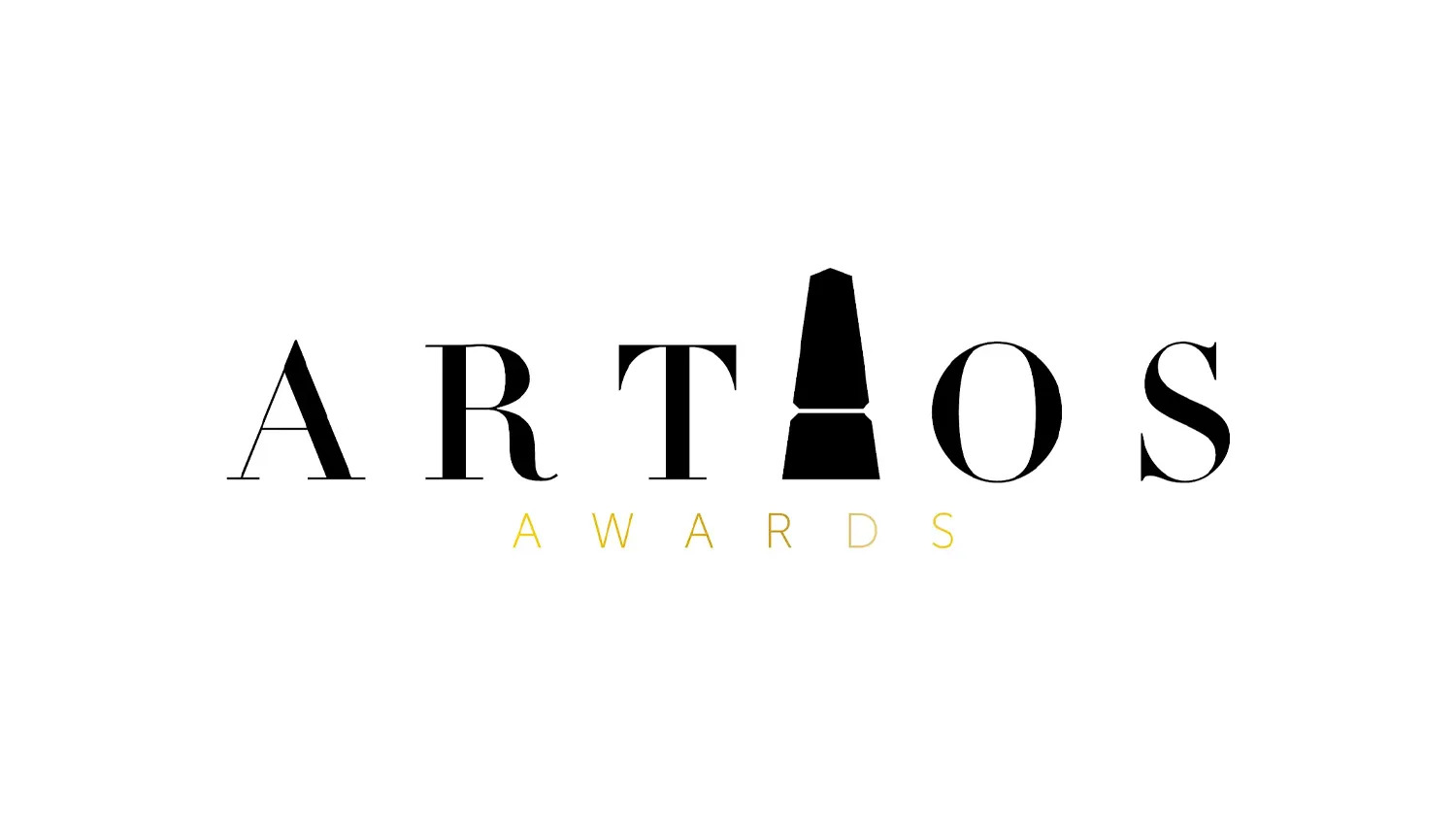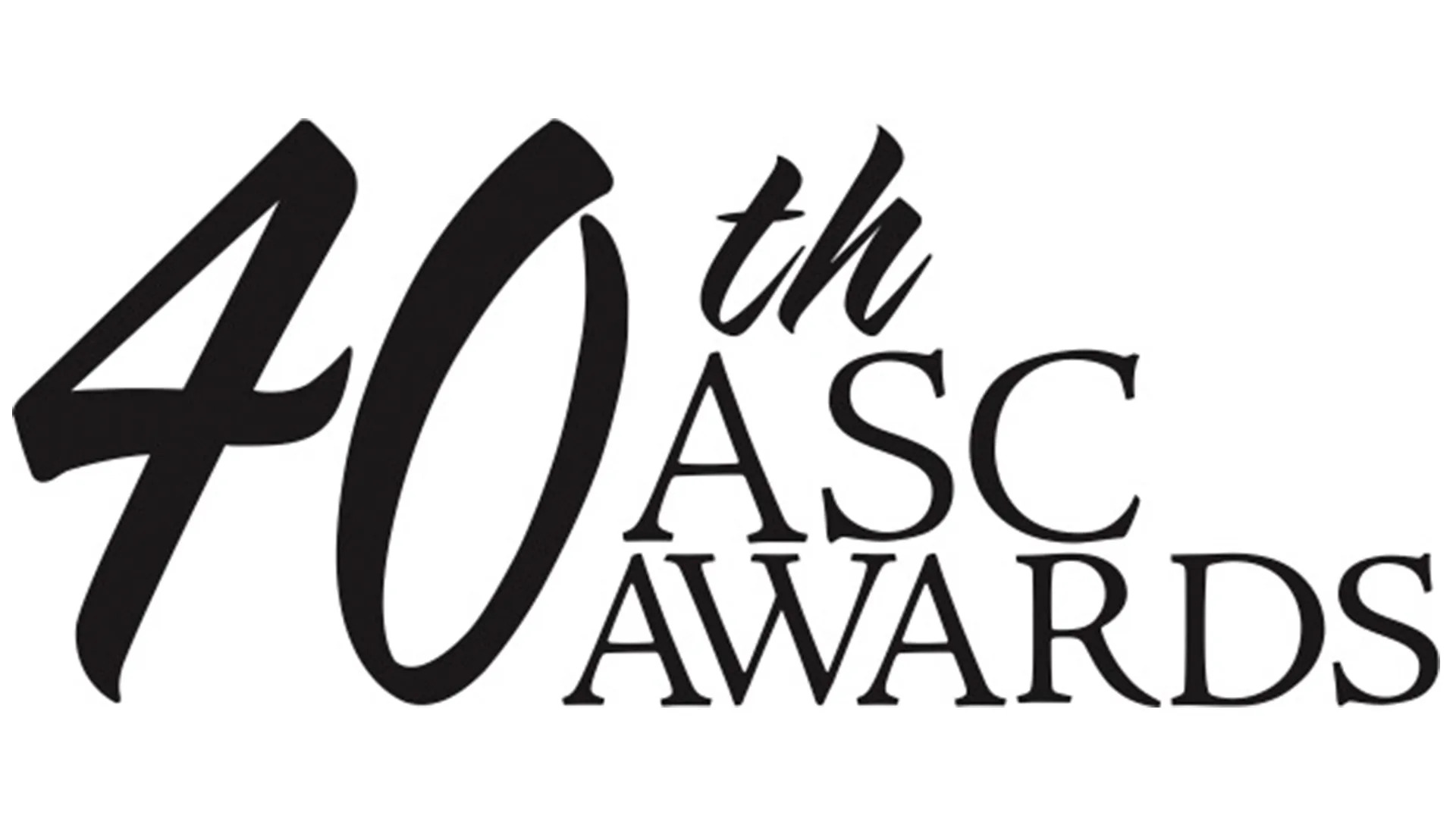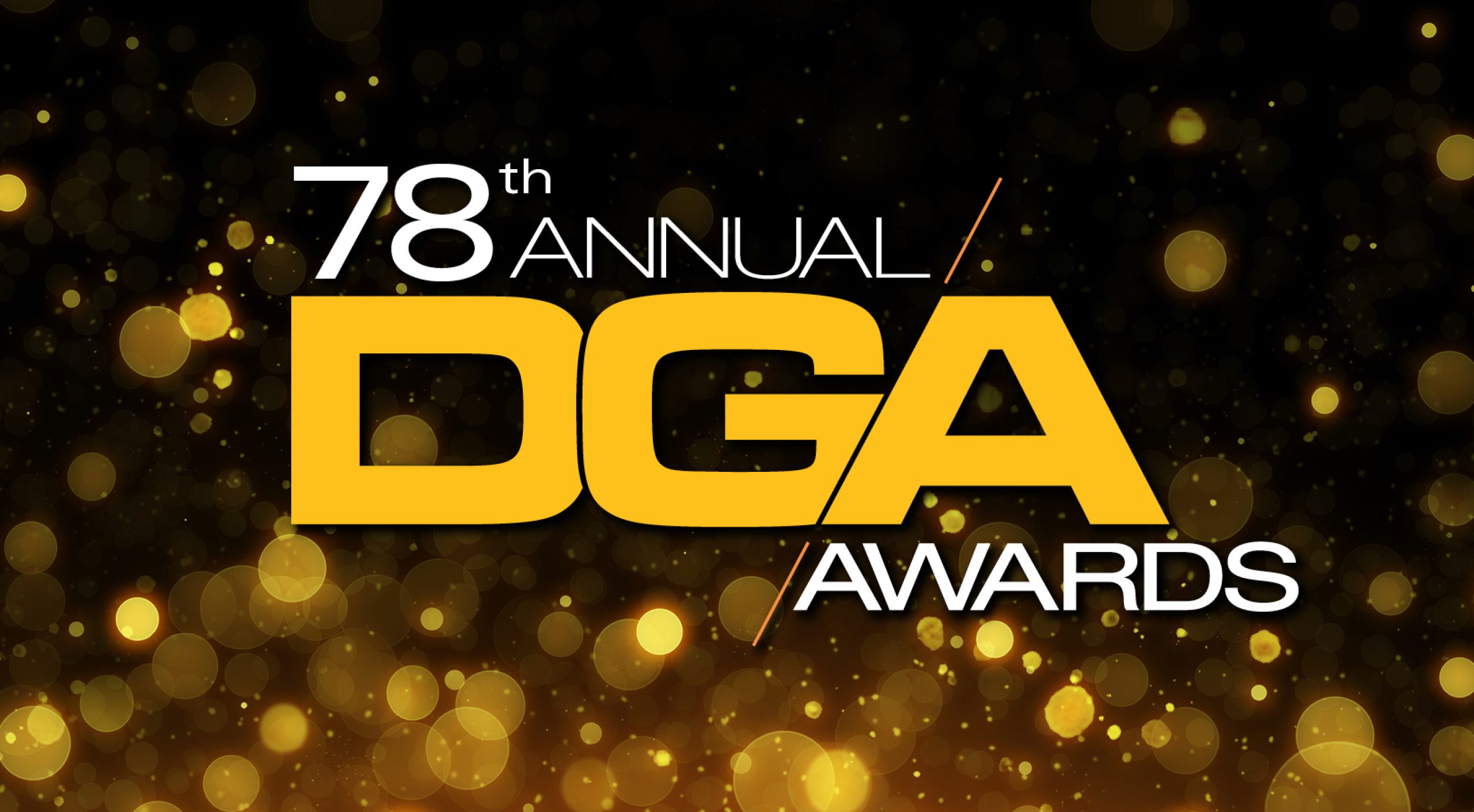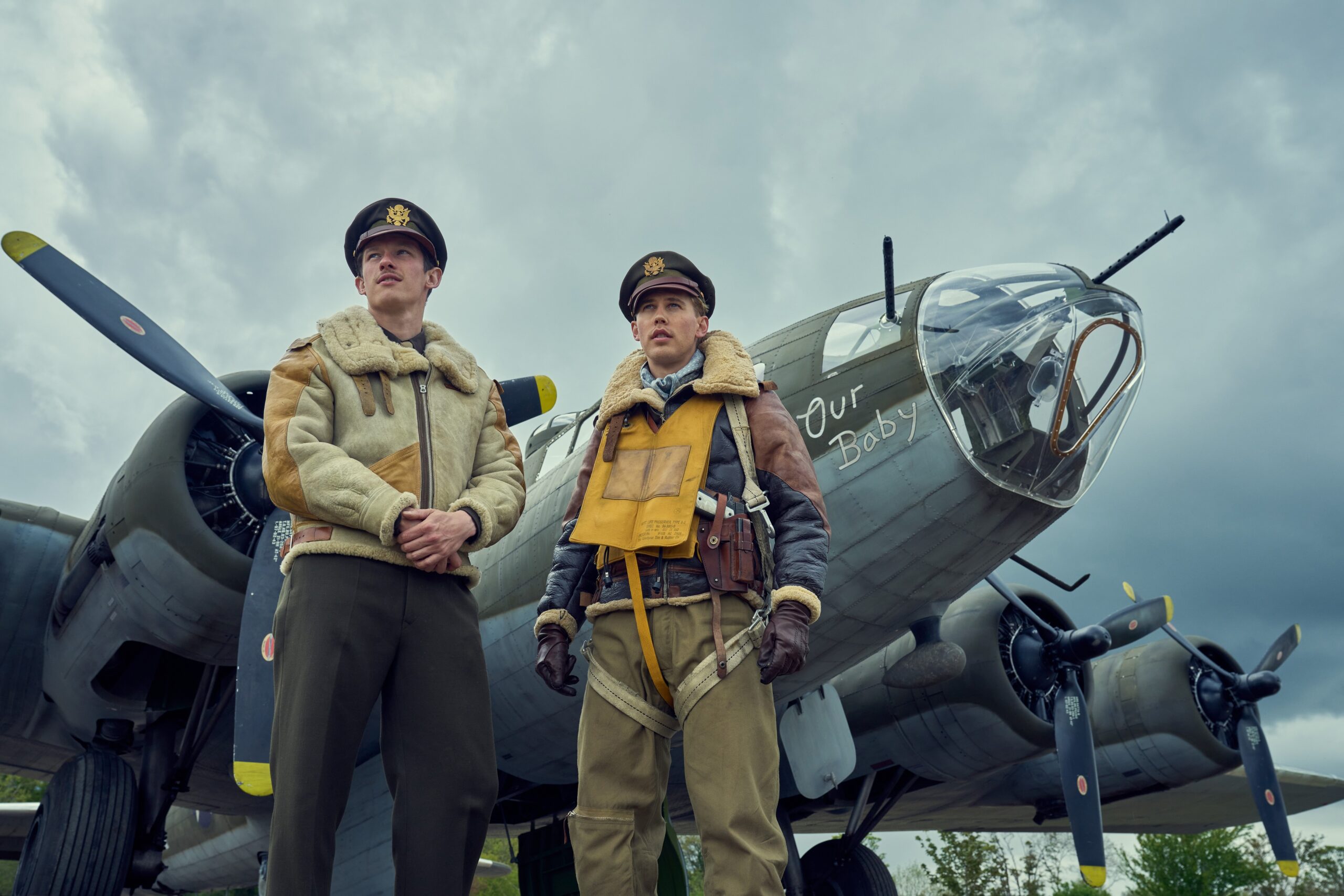
Mark Czyzewski spoke about co-editing many episodes of Masters of the Air after coming on board late into the process.
In addition to previous work on the Emmy-winning The Pacific, Czyzewski has worked on a number of other projects from Playtone. Most recently, he had edited the 2020 Tom Hanks war film, Greyhound. Coincidentally, both this series and Greyhound are available to watch on Apple TV+.
Developed for TV by John Orloff from Donald L. Miller’s book, Masters of the Air follows the aforementioned Band of Brothers and The Pacific. Where those series followed the action on the ground in Europe and the Pacific theaters, this one follows the air campaign in the years preceding D-Day. Austin Butler and Callum Turner lead a cast that includes Anthony Boyle, Nate Mann, Barry Keoghan, Bel Powley, Rafferty Law, Jonas Moore, Matt Gavan, Branden Cook, Ncuti Gatwa, Elliot Warren, Joanna Kulig, Edward Ashley, and Josiah Cross. Tom Hanks, Gary Goetzman, and Steven Spielberg serve as executive producers. Darryl Frank, Justin Falvey, Steve Shareshian, John Orloff, David Coatsworth, and Graham Yost co-executive produce the series.
All episodes of Masters of the Air and companion documentary The Bloody Hundredth are available to stream on Apple TV+.
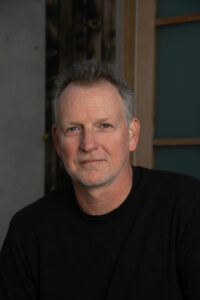
It’s so nice to meet you today. How are you doing?
Mark Czyzewski: I’m good, thank you. Nice to meet you as well. I’m good, thanks.
I thought Masters of the Air was one of the best limited series in years. How did you first become attached to working on it?
Czyzewski: I’ve been lucky enough to actually work with Playtone and Gary Goetzman for over 15 years now. We worked on The Pacific together. It was our first show together and then we did Greyhound not long ago and a few shows in between. It’s great to been able to work with them again on something like this.
Did having the previous Playtone experience help with shorthand?
Czyzewski: Absolutely. It’s not just Gary—he’s great—but also some of our leads—our composer, our sound department, Michael Minkler. We definitely have a shorthand. It’s a great collaborative group. It’s always very cooperative and we have a lot of fun working together, so definitely helps a lot to have that familiarity.
How challenging is it to edit a series when multiple episodes are being shot at a time?
Czyzewski: Yeah, I mean, that’s interesting. Initially, during production, we had few editors working on a few blocks and doing their thing. It was during COVID so all of us were separate. It was all remote work and not much time at the stage and the sets for any of us, I don’t think. I actually came on two-thirds of the way through production to start ingesting the episodes because really, we’re working towards a nine-hour kind of film, one piece. As episodes started being delivered, I started taking them on and we started figuring out how we’re going to build this nine-hour story. Tthere was some overlap with some of the editors. I wish we’d been able to work a bit more together, but that’s just the nature of COVID is that’s how it was.
Was there a lot of collaborating over Zoom, Evercast or whichever remote software program?
Czyzewski: Absolutely. We’re all using Jump. It’s just a program where your Avid would sit at some server somewhere and then you could be at home cutting. For VFX, we’d use Evercast initially before we could really meet with them. Zoom, you name it, phone calls, whatever it took. It all worked.
How did the process compare to the pre-pandemic years?
Czyzewski: Yeah, again, I’d say it definitely presented quite a few challenges. I know in production, it was really difficult because people just aren’t able to work as closely together. The directors probably didn’t work as closely together as they might have. I guess that’s what’s really impressive is that they were able to deliver something that’s so seamless and works well together. Everyone, despite all this separation we had for the first year and a half or so. It’s really a testament to all their talents and skills so we made it work. It’s great.
During the editing process, were you all working more closely with the showrunners or the various directors?
Czyzewski: Yeah, I would say the showrunners. The directors, they delivered cuts and then they would definitely come visit or give notes as we went along in the process. But at a certain point, again, the idea was to build this big thing and it’s a lot to take. There are redundancies between episodes that we had to deal with or stuff that just didn’t work together. There’s a bit of give and take but over the two years after production, I was predominantly with showrunners. We had visits from directors and such as we pushed the cuts along.
You had mentioned coming on at some point while a lot of the episodes were already being edited. Can you talk more about that and splitting the editing duties with Mark Sanger, Saar Klein, Spencer Averick, Carmen Morrow, and Billy Rich?
Czyzewski: Yeah. Again, I would take one on as an editor and a director delivered something that they felt good with. I’d been looking through all the dailies before that for all the eps, doing my research There were certain things that we had to nail down within those individual hours. And again, as we got more pieces of the whole thing, we tended to watch one or two episodes to—we’d pair one and two, three and four, five and six, seven, eight and nine, and watch them in pairs and just figure out how those work together. Eventually, we might watch three or four together and see how those all work. I co-edited seven and eight with Carmen Morrow, who was with me for the two years after production as well. She and I were in every VFX meeting together, everything, so there was a great collaboration there as well.
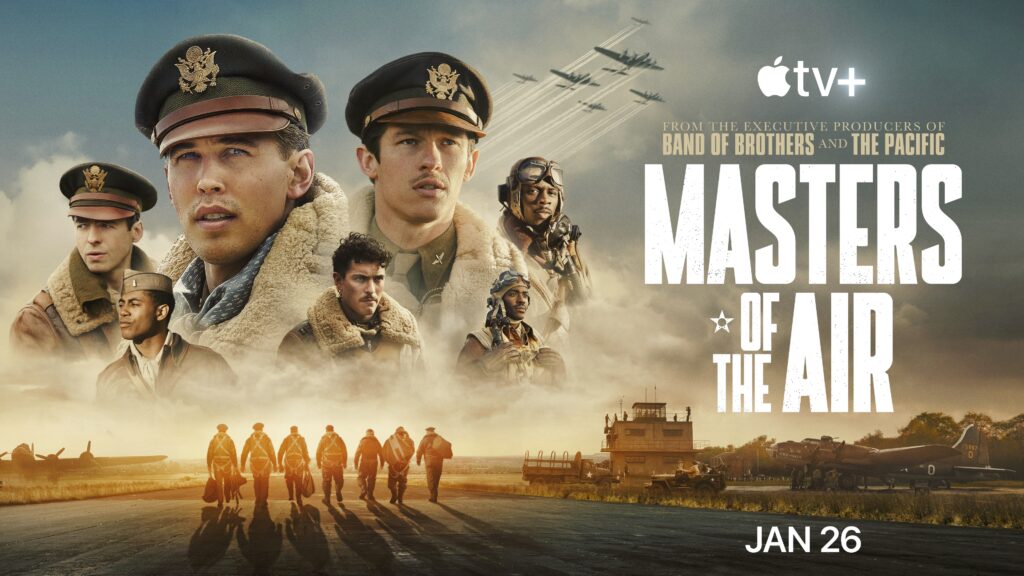
Was there a sequence or episode that you found the most challenging?
Czyzewski: Well, I would just say, one challenging—the aerial sequences, of course. Everything had to be very fluid, meaning we had to obviously find ways to explain every little nuance and how to tell a story in all that chaos, be able to identify people with masks on and similar attire and all that, and be able to jump from one part of the action in a plane to another part of the squadron and how all that works and the details of all that. There’s a big challenge in that, I would say throughout. Just developing a language that the audience can follow in the first four or five eps and taking more time to teach them how all this works. By the time you watch ep five, which is mostly battle, you can just let those action sequences play with a little less time spent teaching and just more chaos and the horror of it all and just let the rhythm of it all play. I think that was a big challenge. And then, balancing that with all the ground stuff—the ground stuff is just as important.
Is there an episode that changed the most from the initial cut to all the way to the end?
Czyzewski: I might say ep eight, the whole first half of it, just with the whole D-Day and we’re bringing a bunch of storylines together there and there’s a bit of montage mixed in there. I think that was one that was open for quite some time. I think maybe ep one and two, there’s some shuffling around of scenes in there to really establish the series and the characters. We shot some additional stuff and there’s a lot of ADR and just really worked those two to just really establish again the language and the foundation of the series. I think in there, there’s quite a bit of work that way.
How was the experience on Masters of the Air compared to when you were working on The Pacific?
Czyzewski: Yeah. Both great. There are a lot of VFX in The Pacific but this one was 4000-plus. And again, just the detailed nature of trying to tell those stories in the air, it really was quite a puzzle. Again, everything had to remain open and fluid all the way till the end because someone would go, I don’t understand this moment here, what’s going on? That just kept happening until the very end and we had to use everything at our disposal to figure that stuff out. With The Pacific, we all were sent to Melbourne together and worked together at the set for nine month so we were a troop together the whole time and we just didn’t have that luxury on this one. We’re telling stories about a different type of psychological toll between infantry and what these men went through in Masters of the Air so it’s just different in that regard as well.
Has the Volume had any impact on the editing process?
Czyzewski: Yeah, I would say definitely on this one. Obviously, it gave the actors something tangible to react to and more solid eye lines. We found they could react to certain pieces of action placed in the video of it, a few moments in a row. It would help with our timing and we wouldn’t have to cut away from an angle, for example, as often because we could stay rather than if they’ve been given verbal cues and maybe the timing might be off. The interactive lighting, I think, helped immensely as well. It feels so much more real. Even when you first sit down and start cutting it, you feel like you’re more immersed in it so I think it was really helpful. No doubt.
How does someone who studied environmental science in college end up becoming an editor?
Czyzewski: Wow. (Laughs) Great question. Thank you. I just always had an interest in film and I went to school not sure what I wanted to do. Environmental science was something that just was so interesting to me at the time. I always had this interest in film and I just didn’t think it was realistic to really, I guess, have a career in it. I didn’t know anybody who was involved in it. I did have your job out of college. I worked in marketing for eight or nine months, but then I did have a friend that I went to school with that happened to be working with Roger Corman’s company, editing there. I just went there to volunteer and it just hooked me and just started working on shows there. Before I knew it, it was the place where it was like a film school. Before I knew it, it was very hands on. Before I knew it, I was able to cut stuff and it just took me from there. So yeah, that’s my story with that.
Thank you so much and congrats again.
Czyzewski: Thank you. Thank you. Very nice talking with you.
All episodes of Masters of the Air are available to stream on Apple TV+.
Please subscribe to Solzy at the Movies on Buttondown.

